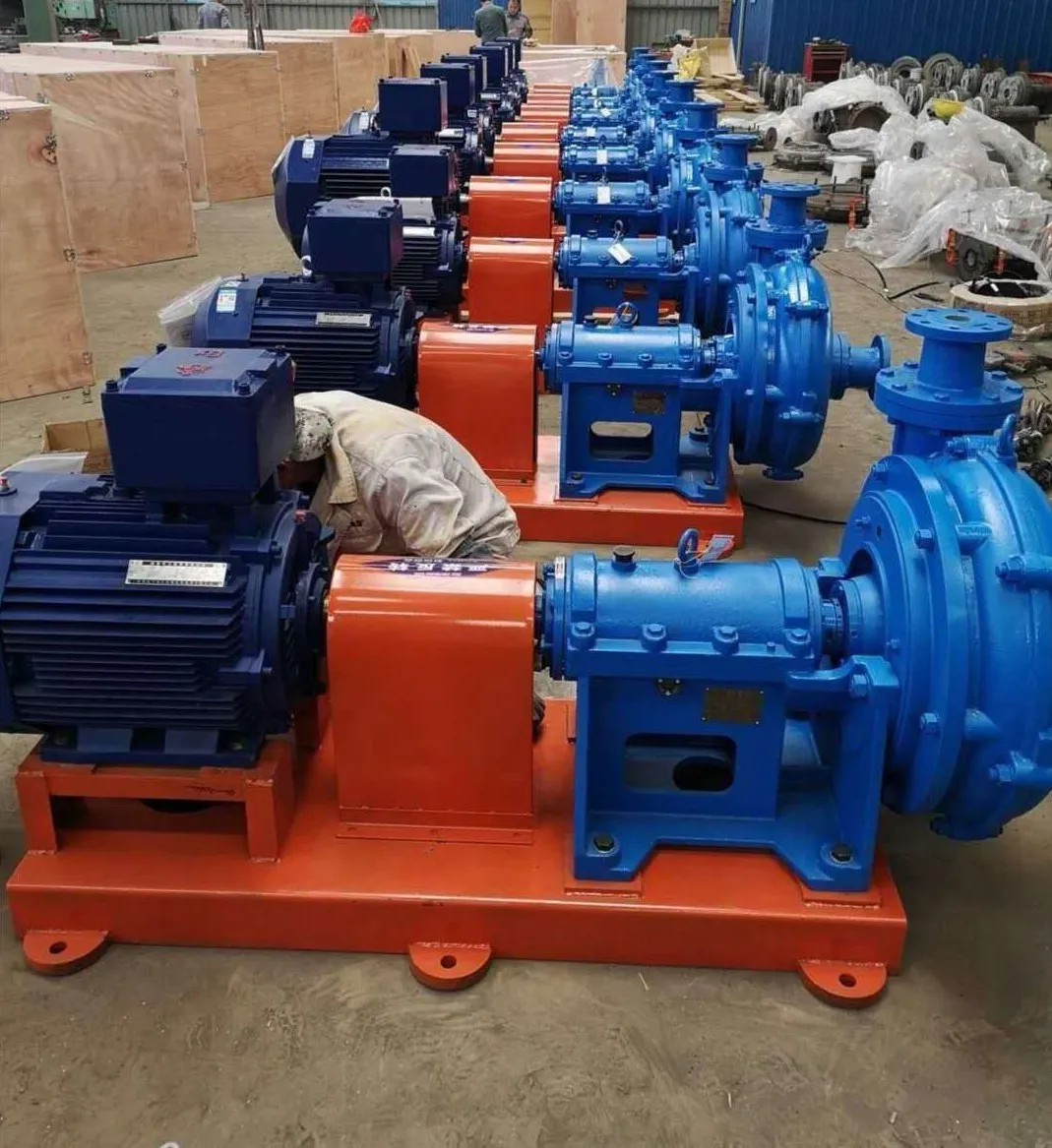Turkish
- Afrikaans
- Albanian
- Amharic
- Arabic
- Armenian
- Azerbaijani
- Basque
- Belarusian
- Bengali
- Bosnian
- Bulgarian
- Catalan
- Cebuano
- Corsican
- Croatian
- Czech
- Danish
- Dutch
- English
- Esperanto
- Estonian
- Finnish
- French
- Frisian
- Galician
- Georgian
- German
- Greek
- Gujarati
- Haitian Creole
- hausa
- hawaiian
- Hebrew
- Hindi
- Miao
- Hungarian
- Icelandic
- igbo
- Indonesian
- irish
- Italian
- Japanese
- Javanese
- Kannada
- kazakh
- Khmer
- Rwandese
- Korean
- Kurdish
- Kyrgyz
- Lao
- Latin
- Latvian
- Lithuanian
- Luxembourgish
- Macedonian
- Malgashi
- Malay
- Malayalam
- Maltese
- Maori
- Marathi
- Mongolian
- Myanmar
- Nepali
- Norwegian
- Norwegian
- Occitan
- Pashto
- Persian
- Polish
- Portuguese
- Punjabi
- Romanian
- Russian
- Samoan
- Scottish Gaelic
- Serbian
- Sesotho
- Shona
- Sindhi
- Sinhala
- Slovak
- Slovenian
- Somali
- Spanish
- Sundanese
- Swahili
- Swedish
- Tagalog
- Tajik
- Tamil
- Tatar
- Telugu
- Thai
- Turkish
- Turkmen
- Ukrainian
- Urdu
- Uighur
- Uzbek
- Vietnamese
- Welsh
- Bantu
- Yiddish
- Yoruba
- Zulu
Telephone: +86 13120555503
Email: frank@cypump.com
Ağu . 17, 2024 00:00 Back to list
Basement Toilet Sewage Pump Solutions for Efficient Waste Management
Choosing the Right Sewage Pump for Your Basement Toilet
When it comes to maintaining an efficient and functional bathroom, especially one located in the basement, a sewage pump often plays a pivotal role. A sewage pump is essential for ensuring that waste and wastewater are effectively transported from lower areas, such as basements, to the main sewer line. This ensures proper sanitation and prevents unpleasant backups. This article will guide you through the process of selecting the right sewage pump for your basement toilet, addressing key features, considerations, and benefits.
Understanding Sewage Pumps
Sewage pumps are powerful devices designed to move wastewater containing solids, such as toilet paper and human waste. Unlike a standard sump pump, which is used for removing water, sewage pumps are built to handle heavier loads and have additional components to manage solid waste. In basements, where plumbing can often be at or below grade level, a sewage pump is typically necessary to lift wastewater up to the sewer line.
Key Features to Consider
1. Pump Type There are two common types of sewage pumps submersible and pedestal pumps. Submersible pumps are installed underwater and are more discreet, while pedestal pumps sit above the pump basin, making them easier to access for maintenance.
2. Horsepower and Capacity The horsepower rating of a sewage pump determines its capacity to handle waste. Pumps typically range from 0.5 HP to 2 HP, with higher horsepower accommodating larger waste loads. Consider the number of fixtures in your basement bathroom to determine the required capacity.
3. Vertical Lift This refers to the maximum height the pump can lift wastewater. It is crucial to ensure that the pump you choose has a sufficient vertical lift capability to send the waste to the sewer line.
4. Waste Size Handling Look for a pump that can efficiently handle the size of the solids in wastewater. Many sewage pumps can handle solids up to 2 inches in diameter, but some are capable of handling larger debris, so check the specifications accordingly.
sewage pump for basement toilet

5. Durability and Material Seek out pumps made from corrosion-resistant materials, such as stainless steel or thermoplastic, to ensure longevity. A durable pump is vital, especially in environments prone to dampness.
Installation Considerations
Installing a sewage pump requires professional assistance in many cases. Depending on your existing plumbing, a sump basin may need to be installed if one is not already in place. Additionally, ensuring that the pump meets local plumbing codes is vital for compliance and functionality.
Maintenance Tips
Once your sewage pump is installed, conducting regular maintenance can extend its lifespan. Check the pump periodically to ensure it is functioning correctly, and clean out any debris that may have accumulated in the sump basin. It’s also wise to inspect the float switch that activates the pump, ensuring that it isn’t stuck or malfunctioning.
Benefits of a Sewage Pump
Investing in a sewage pump for your basement toilet has several advantages. It prevents potential backups that can lead to costly repairs and damage. Additionally, it enhances your home's plumbing capabilities, allowing for the installation of additional bathrooms or fixtures in the basement, which can increase your property’s value.
Conclusion
In summary, a sewage pump is a vital component for any basement bathroom. By understanding the essential features and considerations, you can make an informed decision for your needs. Always consult with a plumbing professional to ensure correct installation and maintenance to enjoy a seamless and sanitary bathroom experience in your basement.
-
Heavy-Duty Mining Sludge Pumps - Wear-Resistant Slurry Handling
NewsAug.02,2025
-
Horizontal Split Case Pump with GPT-4 Turbo | High Efficiency
NewsAug.01,2025
-
ISG Series Pipeline Pump - Chi Yuan Pumps | High Efficiency, Durable Design
NewsAug.01,2025
-
Advanced Flue Gas Desulfurization Pump with GPT-4 Turbo | Durable & Efficient
NewsJul.31,2025
-
ISG Series Vertical Pipeline Pump - Chi Yuan Pumps | Advanced Hydraulic Design&Durable Construction
NewsJul.31,2025
-
ISG Series Vertical Pipeline Pump - Chi Yuan Pumps | Energy Efficient & Low Noise
NewsJul.31,2025










